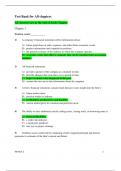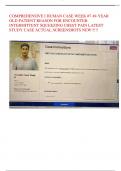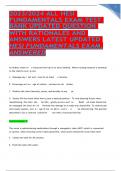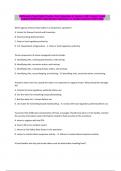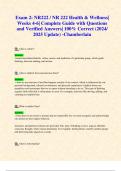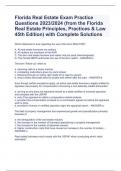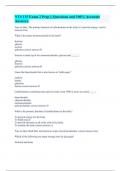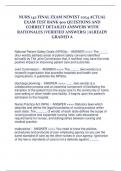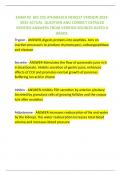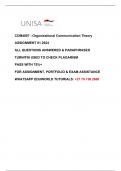Examen
Test Bank for Financial Reporting and Analysis 8th Edition by Lawrence Revsine, Daniel Collins, Bruce Johnson, Fred Mittelstaedt, Leonard Soffer
- Cours
- Établissement
- Book
Test Bank for Financial Reporting and Analysis 8th Edition by Lawrence Revsine, Daniel Collins, Bruce Johnson, Fred Mittelstaedt, Leonard Soffer
[Montrer plus]
